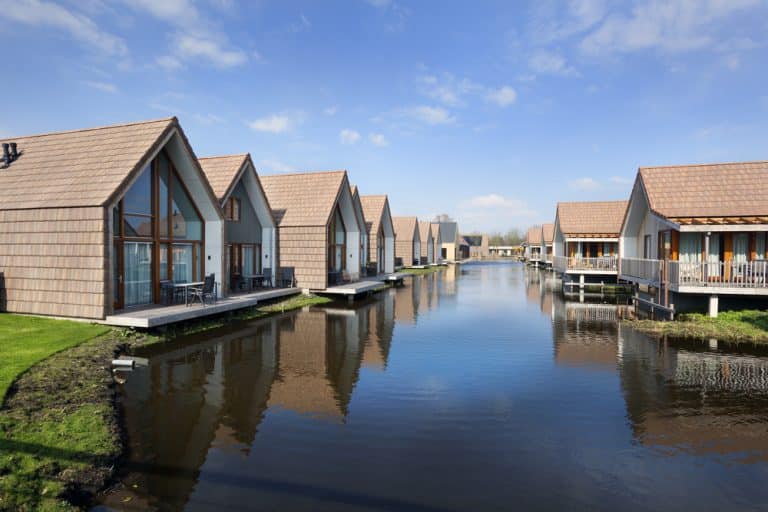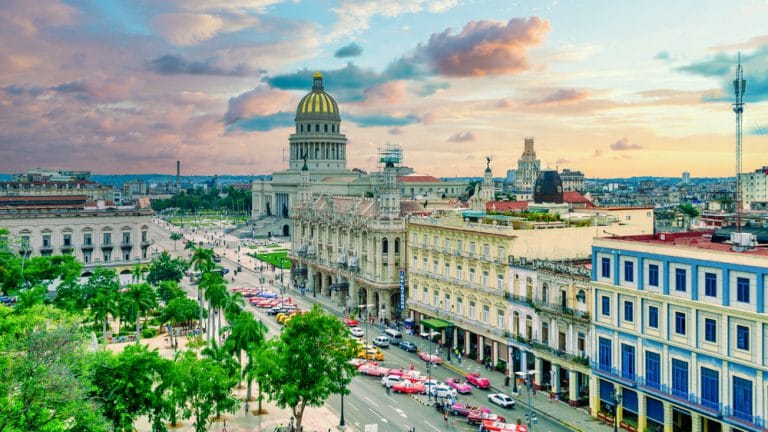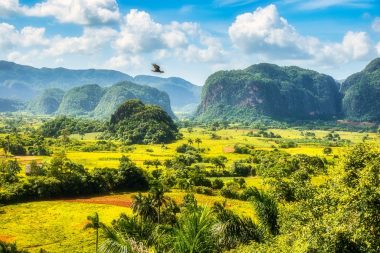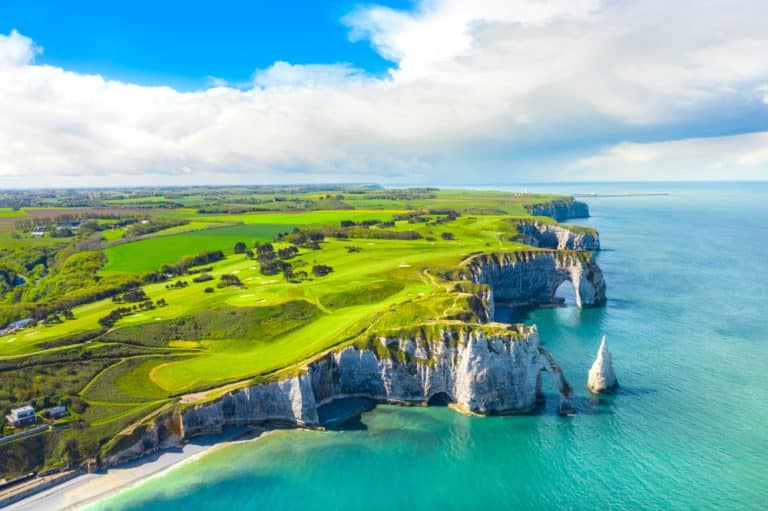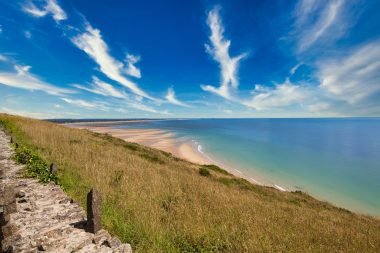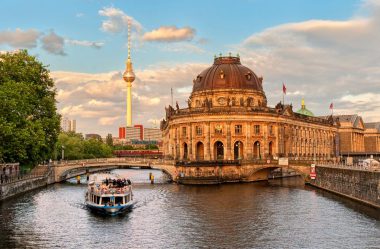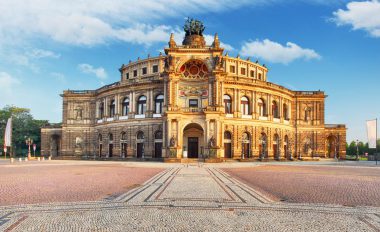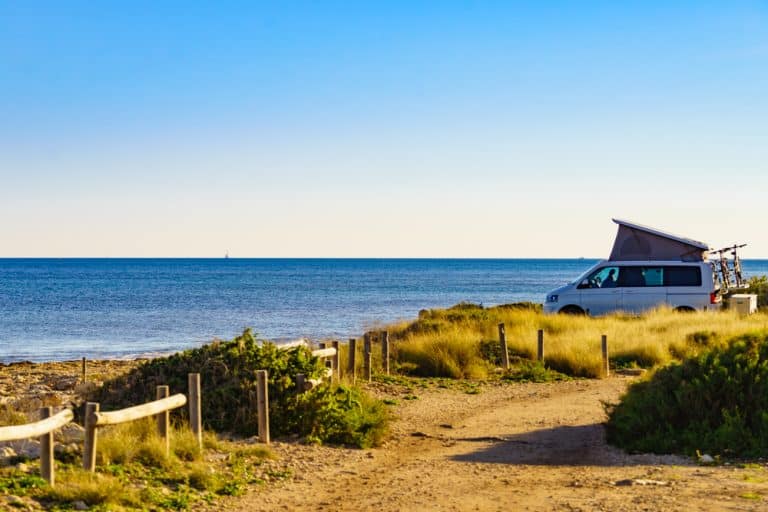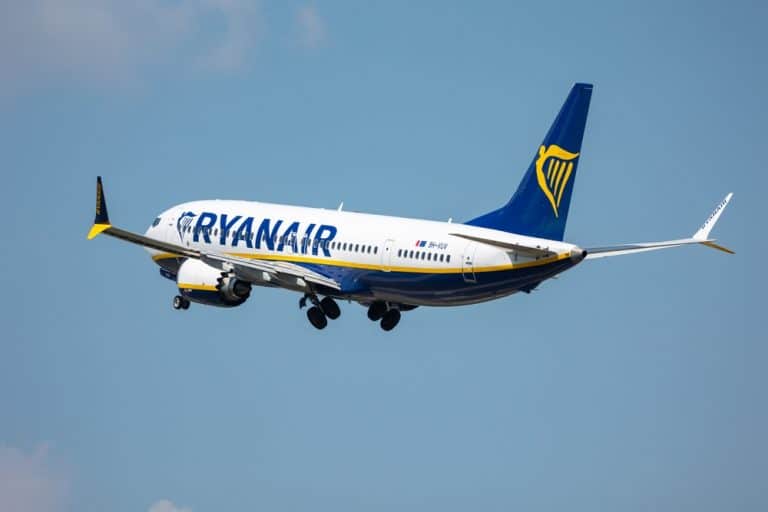For many people, camping means freedom and adventure. However, if you are not on a campsite with freely accessible sanitary facilities, but opt for a pitch in the great outdoors, the usual personal hygiene can bring some challenges. By the way, wild camping is not allowed in Germany, but in other holiday countries it is often different. Therefore, find out about the applicable rules in the destination before you travel. We’ll show you which hygiene products you should definitely pack and give you tips for a relaxed, clean trip .
For daily personal hygiene, washing your clothes and washing dishes, we recommend that you take the following utensils with you on your camping trip :
- 2-in-1 products (shampoo & shower gel)
- Soap
- Hand sanitizer
- Toothbrush
- Toothpaste
- Hairbrush
- Deodorant
- Nail Case
- Toilet paper
- Dishwashing and laundry detergent
- Microfiber towels (save space & dry quickly)
- Feminine hygiene items
- (Folding) Canisters for fresh water
Especially if you are camping outdoors, it is advisable to use biodegradable products to protect untouched nature.
Hygiene on the campsite
Especially for adventurers with little camping experience, we recommend, for example, a campsite with sanitary facilities and washing up facilities. Compared to buying or renting a camper, a tent is cheaper in many cases and a popular alternative, especially for short stays .
In contrast to camper vans, which are usually equipped with at least one sink, you are dependent on the sanitary facilities of your campsite when camping. In addition to toilets and sinks, showers are usually also available. In addition, in most cases you will also find devices at the campsite where you can wash your dishes.
Even if the sanitary facilities are cleaned regularly, they can become contaminated more quickly , especially in the high season with an increased number of holidaymakers. Coarse dirt, such as sand on the toilet seat, can be easily removed with a damp cloth. For hygienic disinfection of the toilet seat, however, we recommend disinfectant wipes pre-soaked with alcohol. You can find these, for example, in the ARNOWA online shop for disposable medical products. When buying, look for the product property “bactericidal” in order to specifically fight bacteria during disinfection. The label “limited virucidal” shows you that the disinfectant wipes kill the most important enveloped viruses and thus reduce the risk of infection.
Furthermore, you should be careful not to walk barefoot, especially in the toilet cubicles and shower rooms. The risk of athlete’s foot infection is enormously high, especially when running on warm, damp ground. We therefore advise you to wear suitable footwear such as flip-flops or flip-flops.
If you don’t find soap in the sanitary facility, it can be useful to bring your own bar of soap on your trip. Alternatively, you can pack a small bottle of hand sanitizer . Of course, this does not replace washing your hands with soap in the long run, but it serves to protect your hygiene and ensures that your hands feel pleasantly clean.
When buying a hand sanitizer, as with disinfectant wipes, we recommend that you pay attention to the product properties “bactericidal” and “limited virucidal” in order to deactivate important germs, bacteria and viruses. If you have sensitive skin, product properties such as “dye-free” and/or “fragrance-free” are other important product features. Hand disinfectant products, which are also moisturizing, provide your hands with moisture during disinfection at the same time.
Hygiene tips for travelling in a camper van
For camping enthusiasts who do not yet have their own camper van, but still want to travel mobile, a rented van is a sought-after alternative. The equipment of a camper is usually very individual. While a sleeping accommodation, seating and a small kitchenette with sink are usually standard equipment , showers and toilets are not always found in these.
If you are on a campsite with your camper, you will of course also have the opportunity to use the sanitary facilities. If, on the other hand, you look for a place in the great outdoors, personal hygiene is more difficult.
Create water reservoirs for hygiene when camping
For daily, short personal hygiene, the sink of your camper can usually be sufficient. However, keep in mind that your water tank has a limited capacity and therefore needs to be refilled regularly with fresh water.
You should also keep the limited water availability in mind when it comes to washing clothes . If necessary, you can of course wash your T-shirt by hand, but this will consume a lot of water. Since laundromats are usually very common and can be found in almost every city, you can therefore also use a washing machine in the laundromat , especially on longer trips. If you wash your clothes in a laundromat, it is also a good idea to wash the bed linen at regular intervals for good hygiene.
If you already know in advance that you will not be able to fill up the fresh water for a long time, a folding canister with a small supply of water can help. However, you should keep in mind that a filled water canister also takes up space, which is often already scarce in a camper.
There are various options for filling your water tank, depending on the holiday region. Below is a list of places that can provide you with fresh water :
- Camping: If you are staying at a campsite anyway, you can of course fill your water tank there. Otherwise, it’s often worth just asking, even if you haven’t booked a pitch. Often you can fill up your fresh water for a small amount even as a non-visitor.
- Gas stations: You can ask at any gas station if you can fill up your water tank. There is usually an outdoor tap available for this purpose, to which you can attach your hose. If this is not the case, a hose can also be attached to a sink if necessary.
- Service stations: Similar to petrol stations, service stations are a popular spot for obtaining fresh water.
- Drinking fountain: Particularly in southern Europe, but also in numerous German cities, publicly accessible drinking fountains are now available to the population. You can’t connect a water hose here. However, if you have a foldable water canister with you, you can fill it and then transfer the water into the tank of your camper van using a funnel.
- Supermarkets: Since the water from the tap in some countries contains chlorine or, in the worst case, is even contaminated, it can be advisable to buy canisters of drinking water directly in the supermarket. Therefore, be sure to find out about the drinking water quality in the destination region before you start your trip.
Save water on your camping trip
Despite having a freshly refilled tank, it may be necessary to save water on your trip. However, since good personal hygiene contributes to your own well-being, we will introduce you to some shower options if you do not have public sanitary facilities available.
- Showers in swimming pools, rest stops or at freely accessible beach showers
- Laundry in the sea, lake or river
- Use of a mobile camping shower
- Short shower with water from a canister
For brushing your teeth or for the most necessary body washing , the sinks in gas stations or rest stops are available to you. In addition, it can be helpful to use hand disinfectant gel regularly, e.g. if there is no possibility of washing hands in sight. However, you should make up for this with soap as soon as you can.
Another difficulty on the trip with the camper van can be the lack of a toilet . It would be advisable to look in advance on the planned route for opportunities to go to the toilet. In addition to rest stops, which often offer toilets for their customers, you can also visit restaurants, cafés or public toilets.
In addition, there is also the possibility of a mobile camping toilet. However, keep in mind that this requires additional storage space and must be emptied regularly . In most cases, these are so-called cassette toilets. You will find stations for emptying primarily at campsites. Here, too, it can be helpful if you get an overview of the disposal stations in your area beforehand. To empty it, you can remove the toilet from the device and drain the waste water at the disposal station. To protect yourself from faeces, viruses, bacteria and other pathogens , it is recommended to wear disposable gloves . You will also find a large selection of reliable disposable products in the ARNOWA online shop. Whether you choose nitrile, latex or vinyl gloves is up to your personal preference. While nitrile gloves are among the all-rounders among disposable gloves, latex gloves score with a high grip. Vinyl gloves, on the other hand, are particularly soft and enable a high tactile sensitivity just like the other two glove materials.
Tip: You should also keep disposable gloves on for the subsequent cleaning of the toilet!
Cleanliness in the motorhome with its own wet room
Compared to the camper van, motorhomes usually have their own wet room, i.e. a small washroom, including a permanently integrated toilet. This can be particularly advantageous if you opt for a secluded pitch in nature or if you are travelling longer distances where there are no freely accessible sanitary facilities.
Since both the fresh water and waste water tanks of a motorhome have a larger capacity than that of a camper, you can usually get there longer with your water supply.
Nevertheless, it is also necessary here that the toilet and the waste water tank, which fills with shower and flush water, are emptied and cleaned regularly. While with mobile toilets the container is taken away and emptied at a disposal station , larger motorhomes in particular are equipped with permanently mounted toilets. These are connected to the waste water tank. In this case, you can connect the hose of the tank directly to the emptying station.
Regardless of whether you choose a camping site with sanitary facilities or a pitch in the countryside: Make sure that the water tank is sufficiently filled and get an overview of public toilets, refilling stations for fresh water and disposal stations in advance. So nothing stands in the way of your next camping adventure!



